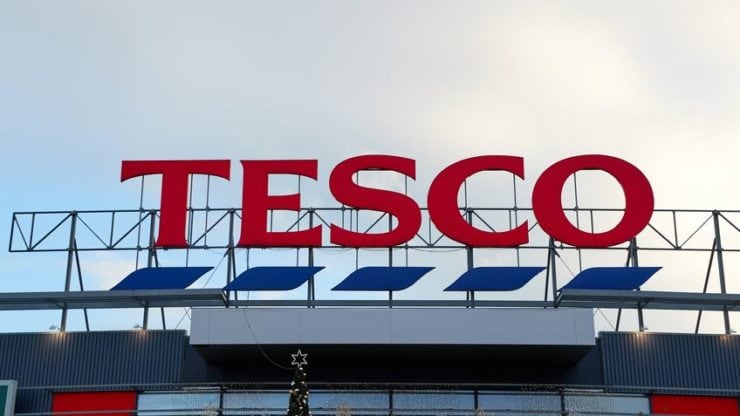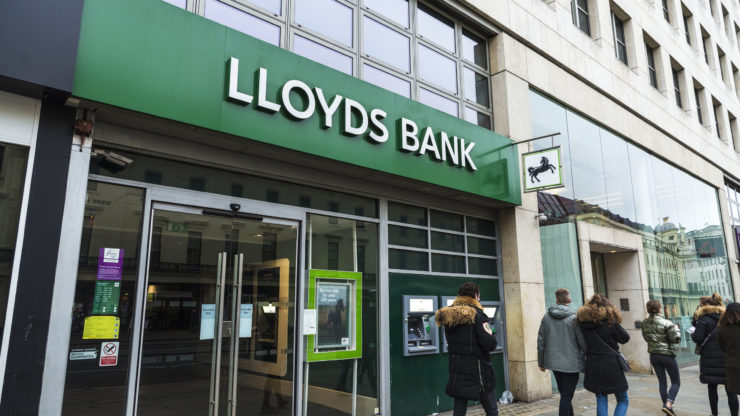Asian stock markets were mostly higher on Wednesday, tracking overnight gains on Wall Street.
Investor sentiment was lifted by growing expectations of early interest rate cuts by the US Federal Reserve after a larger-than-expected decline in US consumer confidence for March.
Optimism also stemmed from potential tariff exemptions by the US administration, as traders awaited further clarity on upcoming trade policies. On Tuesday, Asian markets ended on a mixed note.
At an event on Monday, US President Donald Trump stated that he “may give a lot of countries breaks” on reciprocal tariffs set to take effect on April 2, adding to speculation over trade policies.
Japan’s Nikkei extends gains
The Japanese stock market moved higher, adding to the gains from the previous session.
The Nikkei 225 traded near the 38,000 mark, supported by advances in index heavyweights, exporters, and technology stocks.
By the morning session close, the Nikkei 225 was up 109.61 points, or 0.29 percent, at 37,890.15, after touching an intraday high of 38,151.39.
Among individual stocks, SoftBank Group rose nearly 1 percent, while Uniqlo operator Fast Retailing gained more than 1 percent.
In the auto sector, Honda and Toyota both declined by more than 1 percent.
Hong Kong and China stocks rebound
Hong Kong stocks advanced, driven by gains in Chinese electric vehicle makers and a rebound in technology shares.
The Hang Seng Index rose 0.24 percent to 23,399.84, recovering from Tuesday’s close at its lowest level since March 4.
The Hang Seng Tech Index gained 0.6 percent.
On the mainland, the CSI 300 Index remained largely unchanged, while the Shanghai Composite Index edged up 0.2 percent.
Shares of Chinese EV maker Nio rose 1.2 percent to HK$34.20 after CEO William Li stated in a media briefing that the company expects to break even in the fourth quarter of this year.
Other Asian markets
Australian shares advanced for a fifth consecutive session, with the S&P/ASX 200 surpassing the 8,000 level.
The S&P/ASX 200 climbed 0.78 percent to 8,004.40, after reaching a session high of 8,014.10.
Seoul shares opened higher Wednesday, following gains on Wall Street, driven by strength in tech and auto stocks.
The Kospi climbed 0.79%, to 2,636.639.
Wall Street recap
After the previous session’s rally, US stocks traded without clear direction on Tuesday, with major indexes fluctuating before settling higher for a third consecutive session.
The Nasdaq gained 83.26 points, or 0.5%, to close at 18,271.86, while the S&P 500 rose 9.08 points, or 0.2%, to 5,776.65.
The Dow edged up 4.18 points, or less than 0.1%, to 42,587.50.
Investors remained uncertain about President Donald Trump’s tariff strategy, following reports that the administration may take a more targeted approach.
Traders seemingly overlooked a report from the Conference Board, which showed a steeper-than-expected decline in US consumer confidence.
The consumer confidence index fell to 92.9 in March, down from a revised 100.1 in February, missing economists’ expectations of 94.2.
The post Asian stocks mostly higher on Wed: Nikkei up 100 points, Hang Seng recovers appeared first on Invezz










